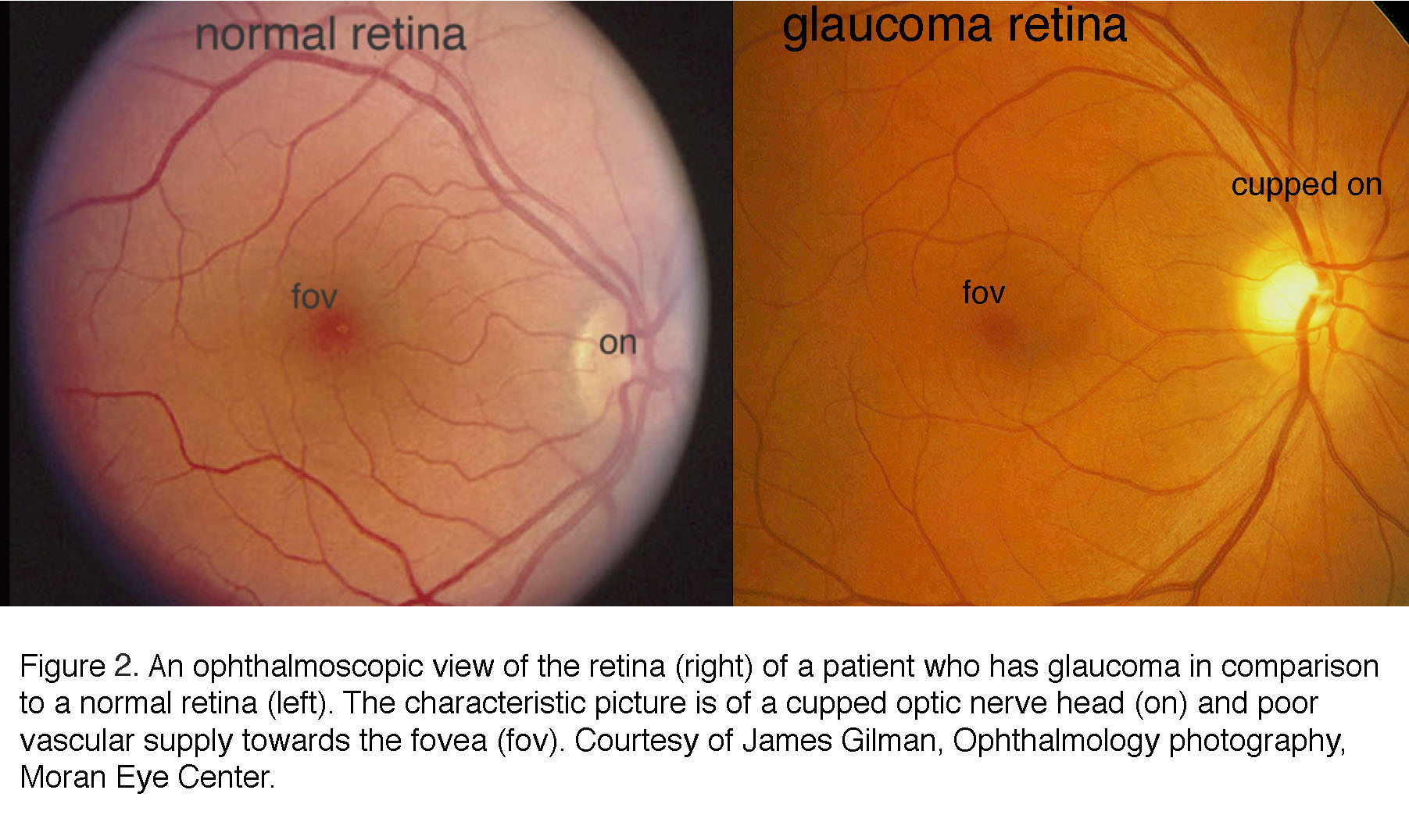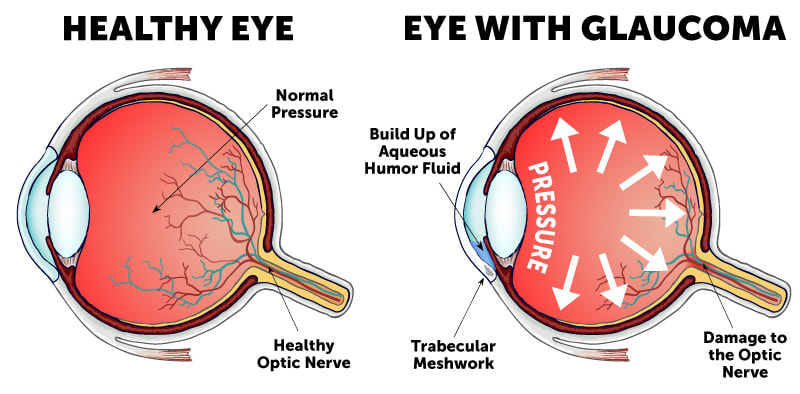Top Eyecare Near Me: Expert Solutions for Optimum Eye Health And Wellness
Top Eyecare Near Me: Expert Solutions for Optimum Eye Health And Wellness
Blog Article
Understanding the Various Vision Correction Procedures Available for Clearer View
In the world of vision modification treatments, a wide variety of choices exist to deal with refractive errors and offer individuals with more clear view. From the commonly identified LASIK surgical procedure to much less invasive procedures like PRK and implantable lenses, the field of ophthalmology offers a range of techniques customized to suit different demands and preferences. Each procedure includes its very own set of considerations, advantages, and potential threats. Comprehending the nuances of these vision modification approaches is critical for making notified decisions about one's aesthetic wellness. Let's explore the ins and outs of these procedures and clarified the path to accomplishing improved vision clarity.
LASIK Surgical Treatment
LASIK surgical treatment is a typical refractive procedure made use of to remedy vision troubles such as farsightedness, nearsightedness, and astigmatism. This medical technique, which stands for Laser-Assisted in Situ Keratomileusis, intends to improve the cornea to enhance how light is concentrated on the retina, inevitably enhancing vision clarity.
One of the key benefits of LASIK surgical procedure is the fast enhancement in vision experienced by people. Numerous people discover a considerable improvement in their vision quickly after the procedure. In addition, the majority of clients report marginal discomfort and discomfort throughout the surgical treatment and recovery duration. The recovery time for LASIK is reasonably fast, with several individuals going back to their day-to-day activities within a day or 2 post-operation. In general, LASIK surgical procedure is a preferred option for people seeking a long-term service for their vision issues.
PRK Treatment
While also a common refractive procedure, the PRK (Photorefractive Keratectomy) method varies from LASIK surgery in its method to fixing vision troubles. In PRK, rather than producing a flap on the cornea, the external layer of the cornea, called the epithelium, is totally removed. This allows the laser to reshape the cornea to correct refractive errors such as farsightedness, nearsightedness, and astigmatism straight on the surface.

Regardless of the longer healing time, PRK can produce superb cause vision enhancement, making it a valuable option for those who may not appropriate prospects for LASIK surgical treatment.
Implantable Lenses
As opposed to PRK where the cornea is improved directly, implantable lenses supply another approach for remedying vision by inserting synthetic lenses inside the eye. This treatment is especially advantageous for individuals with high levels of astigmatism, farsightedness, or nearsightedness that may not appropriate candidates for laser surgical treatments like LASIK or PRK.
Implantable lenses, likewise called phakic intraocular lenses, job by supplementing the eye's natural lens with a man-made one. glaucoma service near me. These lenses can be put in front of the natural lens (former chamber) or behind the iris and in front of the all-natural lens (posterior chamber) By adjusting the power and positioning of these lenses, eye doctors can efficiently remedy refractive mistakes and boost visual acuity
One advantage of implantable lenses is that they are exchangeable and removable, offering flexibility for future changes. Nonetheless, as with any type of procedure, there are risks included, such as infection or cataract formation. Patients thinking about implantable lenses must seek advice from an eye treatment professional to identify one of the most appropriate alternative based on their individual demands and eye health.
Corneal Rings
Corneal rings, also referred to as intracorneal ring segments, are little, transparent devices inserted right into the cornea to correct vision distortions such as keratoconus. Keratoconus is a problem where the cornea thins and protrudes outward, creating vision to end up being distorted. The insertion of corneal rings helps to flatten the cornea, enhancing visual skill and minimizing the irregular astigmatism caused by keratoconus.
The procedure for putting corneal rings is fairly quick and minimally invasive, commonly done as an outpatient treatment. During the surgical procedure, the eye doctor makes a small laceration in the cornea and inserts the rings at a certain depth. Once in location, the rings aid to reshape the cornea, giving a smoother surface for light to get in the eye, which can lead to more clear vision.
Corneal rings are considered a reversible treatment, as they can be removed or changed if essential. retina service near me. While they may not entirely remove the need for glasses or contact lenses, corneal rings can considerably boost vision top quality and general visual comfort for individuals with keratoconus or other corneal abnormalities
Refractive Lens Exchange
Adhering to the adjustment of corneal irregularities with procedures like corneal rings, another Our site vision improvement technique that can attend to refractive mistakes is Refractive Lens Exchange (RLE) RLE is a procedure that entails changing the eye's all-natural lens with a synthetic intraocular lens (IOL) to remedy refractive mistakes such as presbyopia, farsightedness, and nearsightedness. This treatment is specifically valuable for individuals that might not appropriate candidates for treatments like LASIK or PRK as a result of elements such as slim corneas or high refractive errors.

Conclusion
In final thought, there are different vision adjustment treatments available to aid people achieve more clear sight. LASIK surgery, PRK treatment, implantable lenses, corneal rings, and refractive lens exchange are all alternatives that can attend to different vision problems.
In the world of vision correction procedures, a multitude of choices exist to attend to refractive errors and give individuals with more clear sight.LASIK surgical procedure is an usual refractive treatment made use of to fix vision troubles such as nearsightedness, astigmatism, and farsightedness.While also a typical refractive treatment, the PRK (Photorefractive Keratectomy) technique differs from LASIK surgery in its method to remedying vision problems.Complying with the adjustment of corneal abnormalities with treatments look at here now like corneal rings, one more Discover More Here vision modification strategy that can deal with refractive errors is Refractive Lens Exchange (RLE) LASIK surgical treatment, PRK procedure, implantable lenses, corneal rings, and refractive lens exchange are all alternatives that can resolve various vision concerns.
Report this page